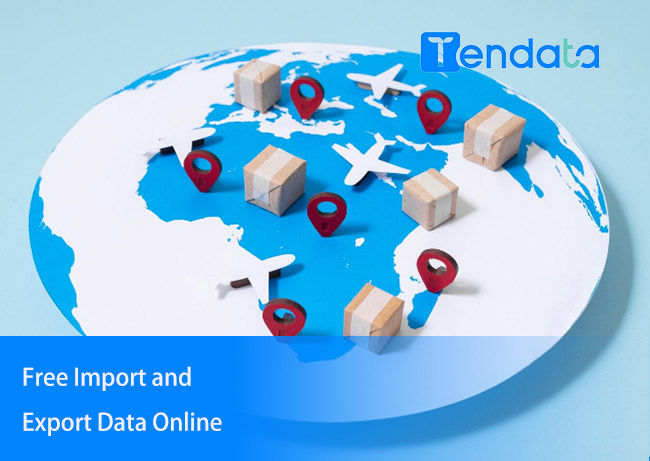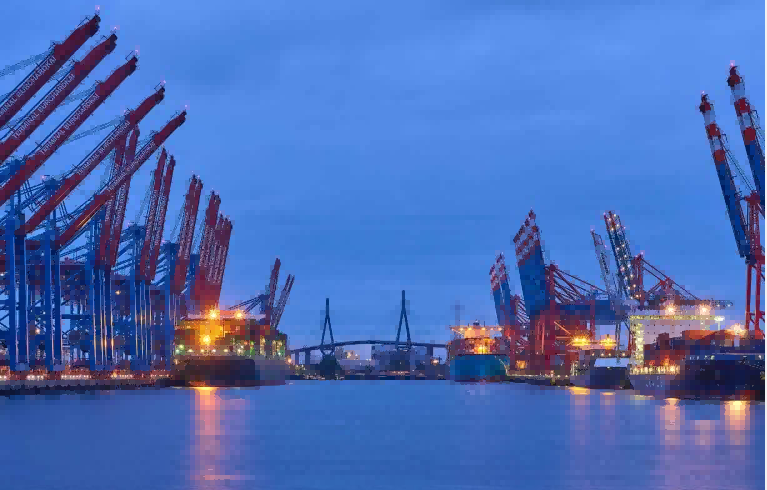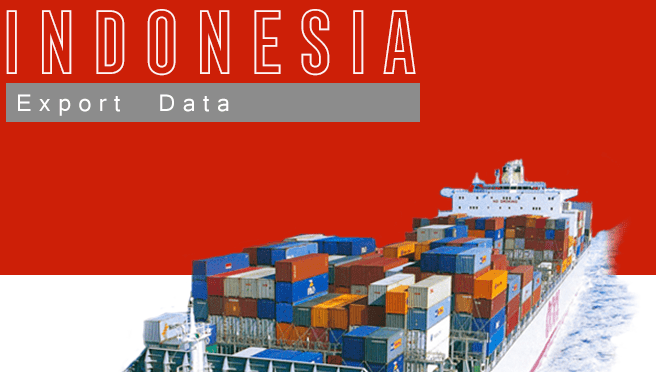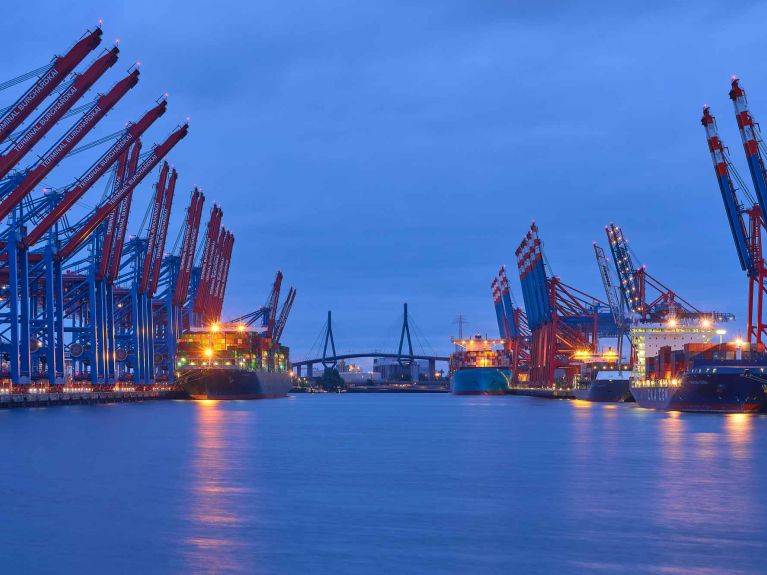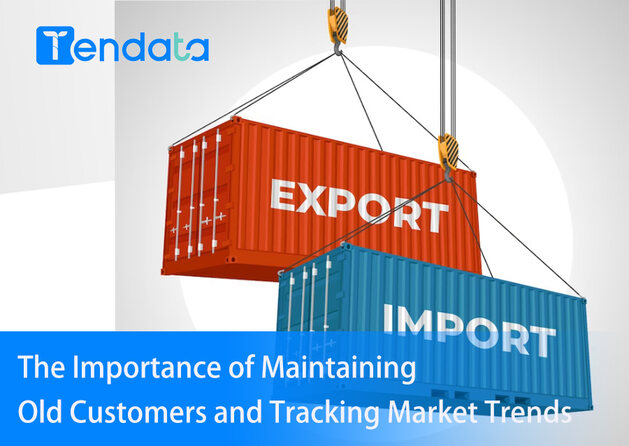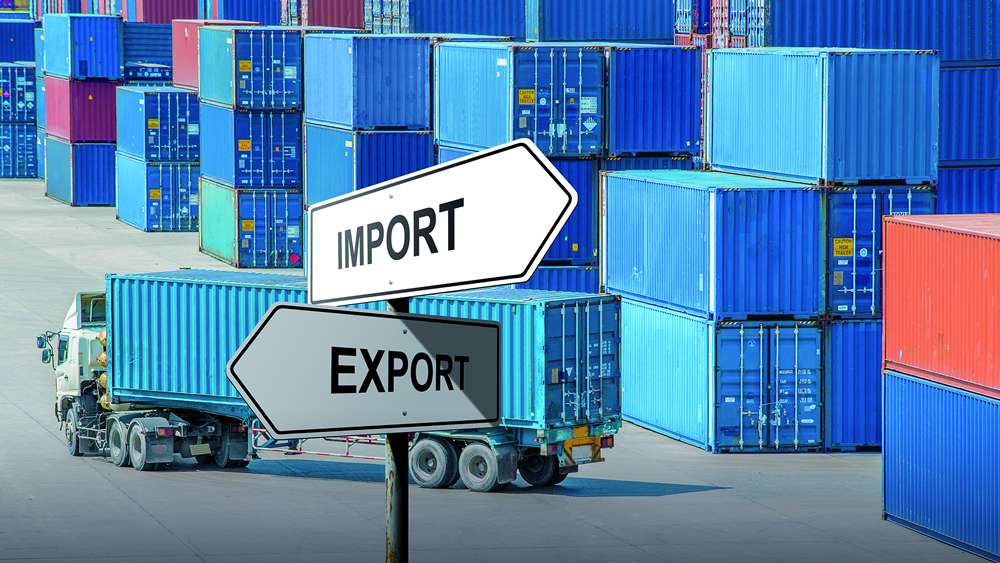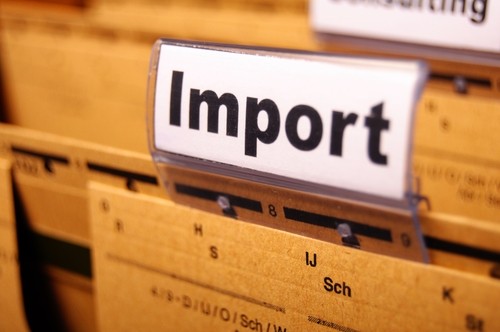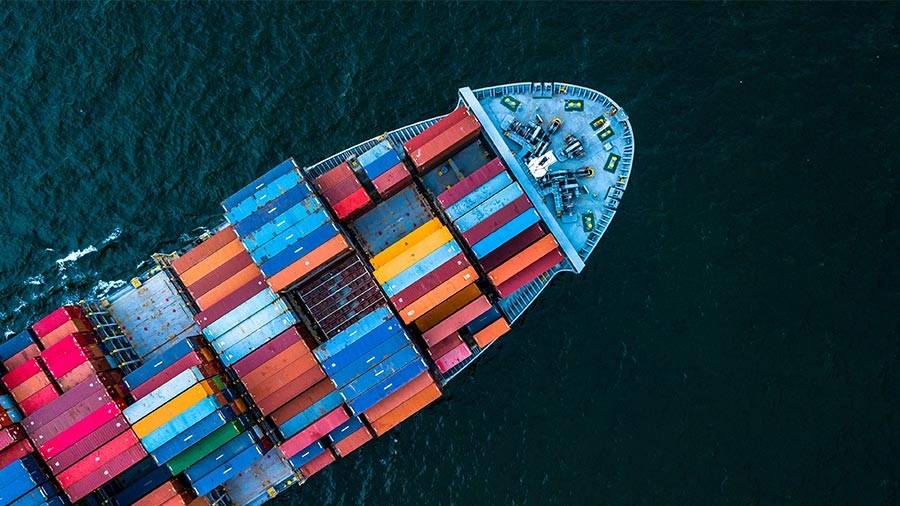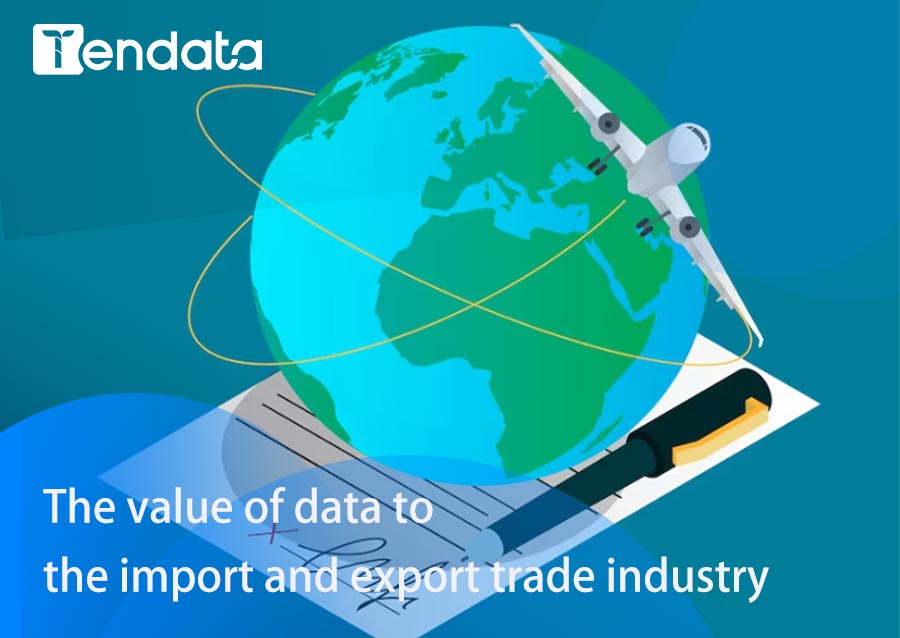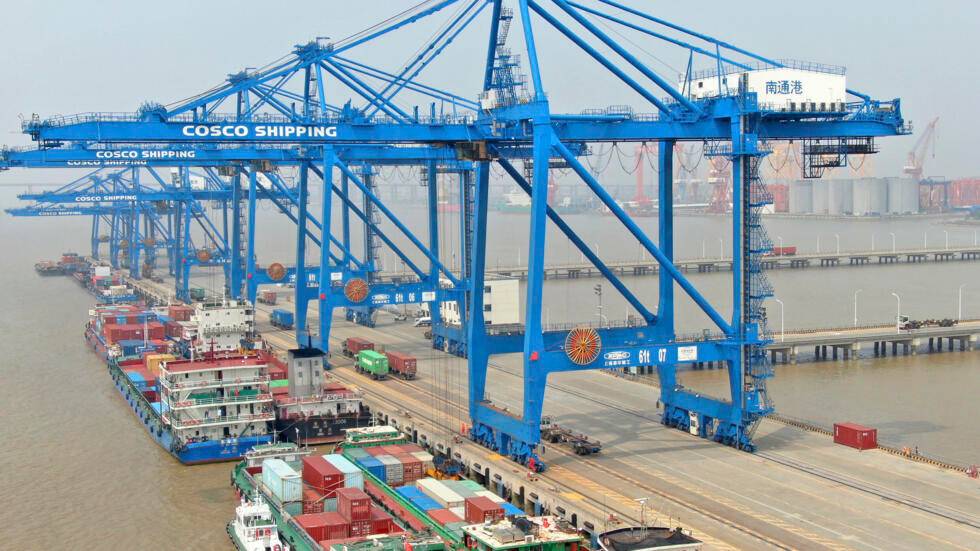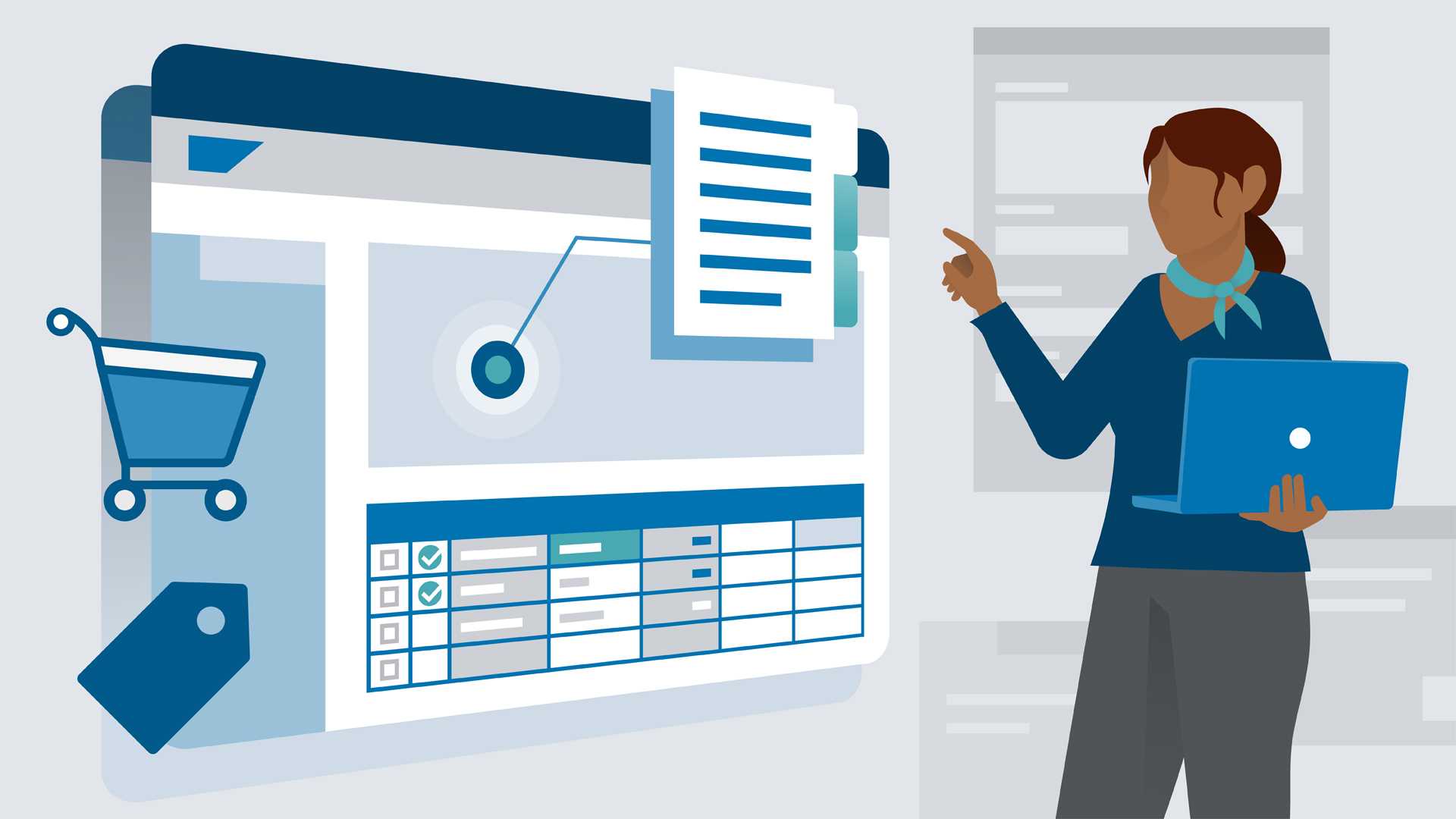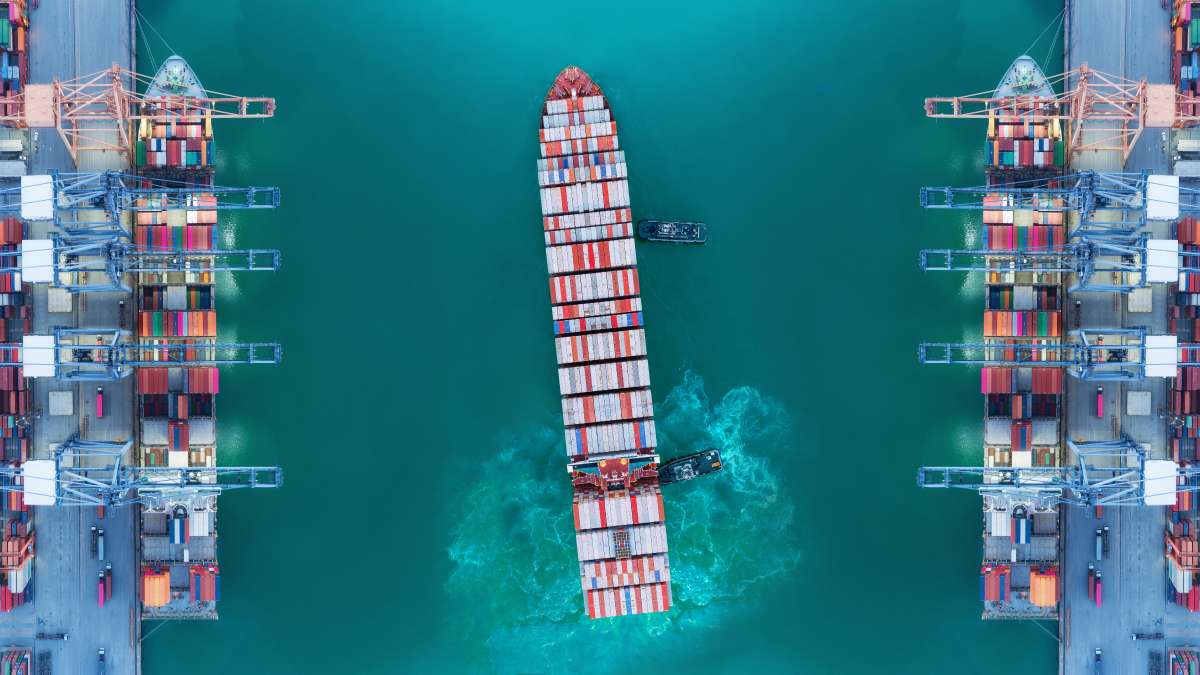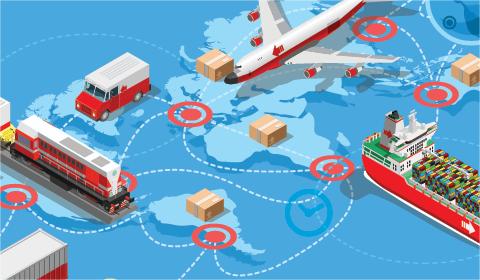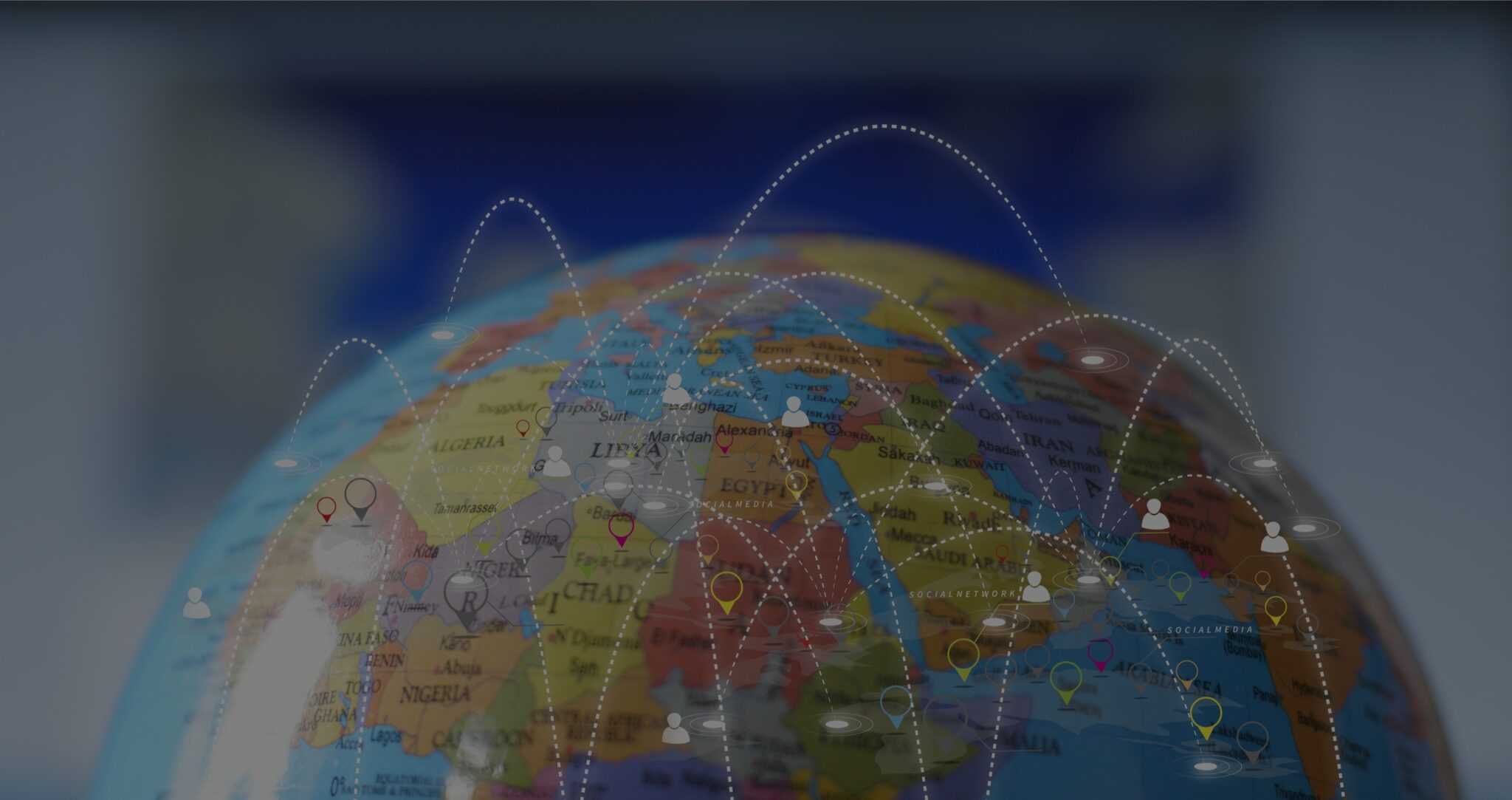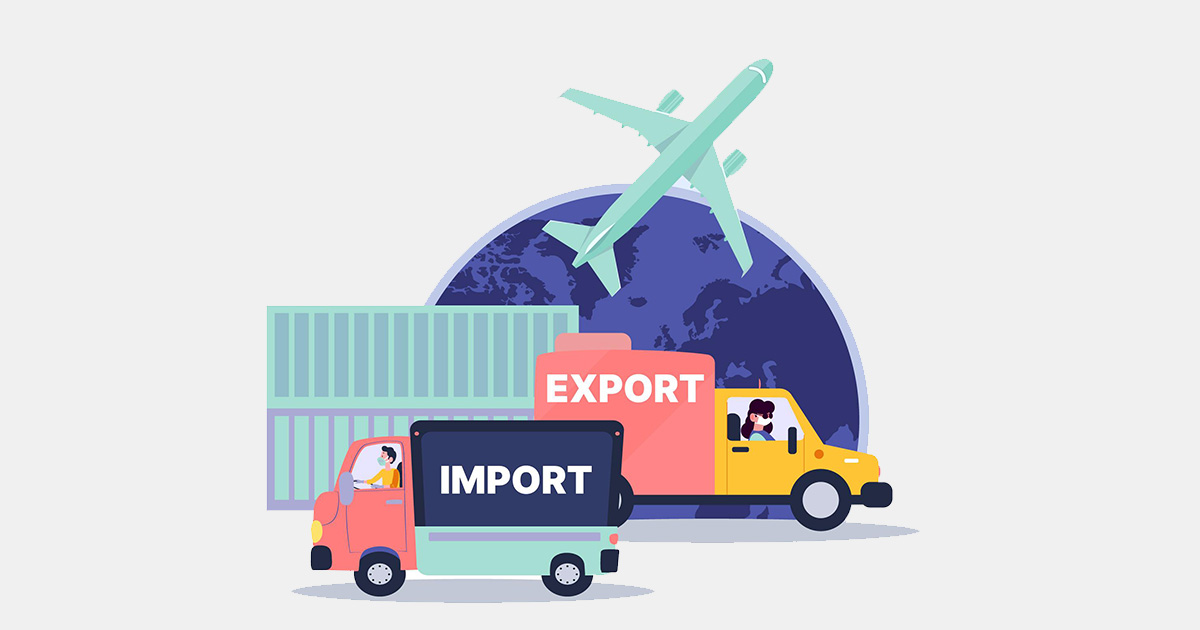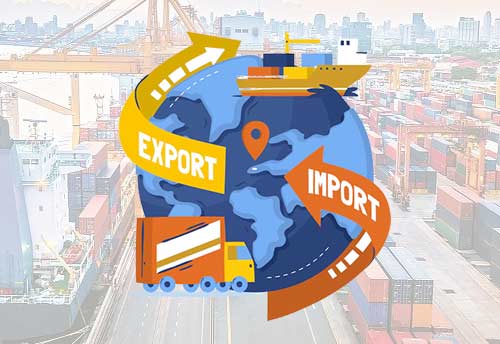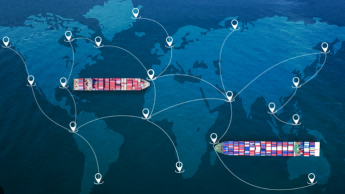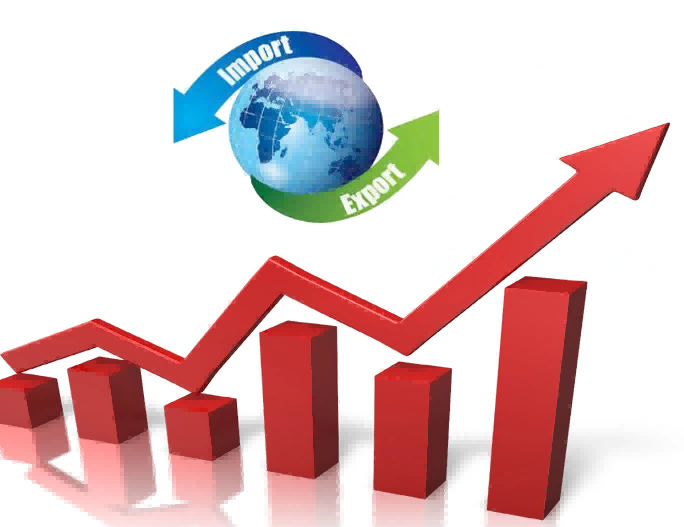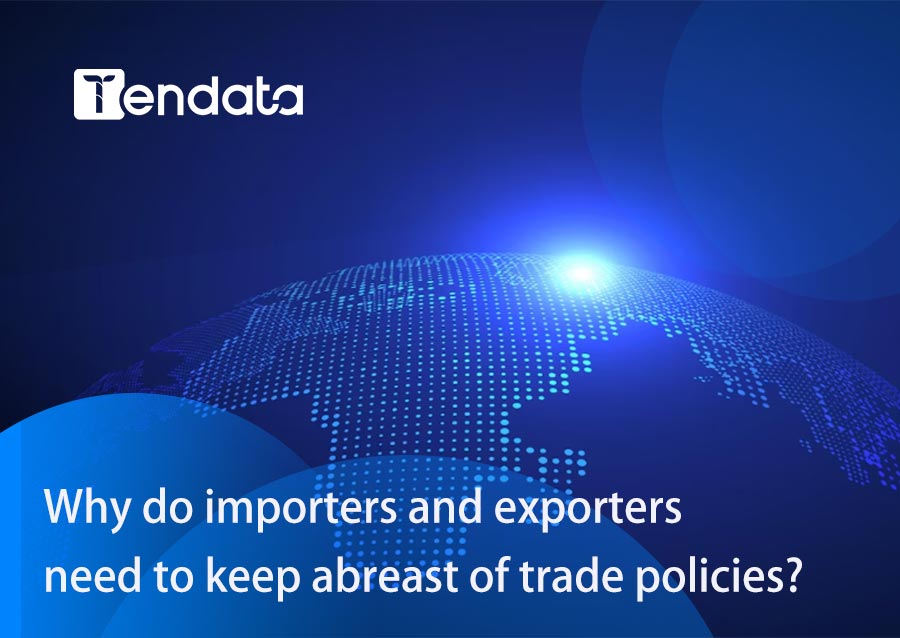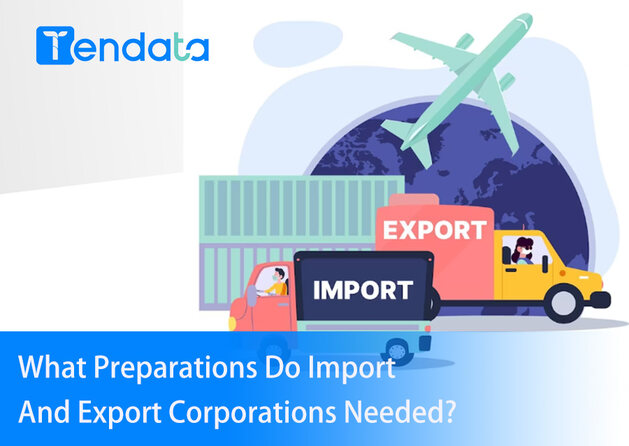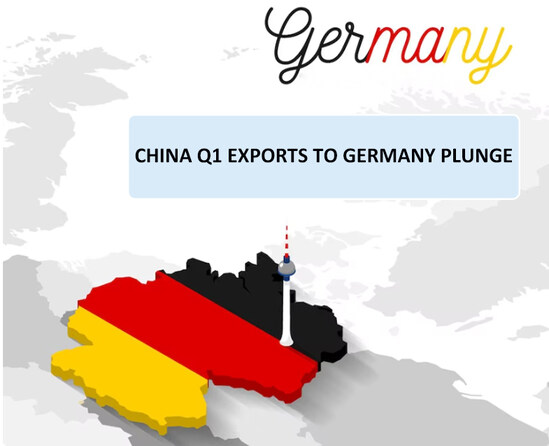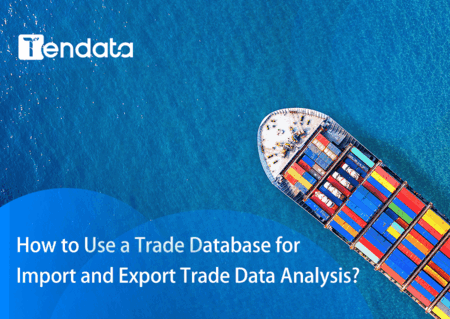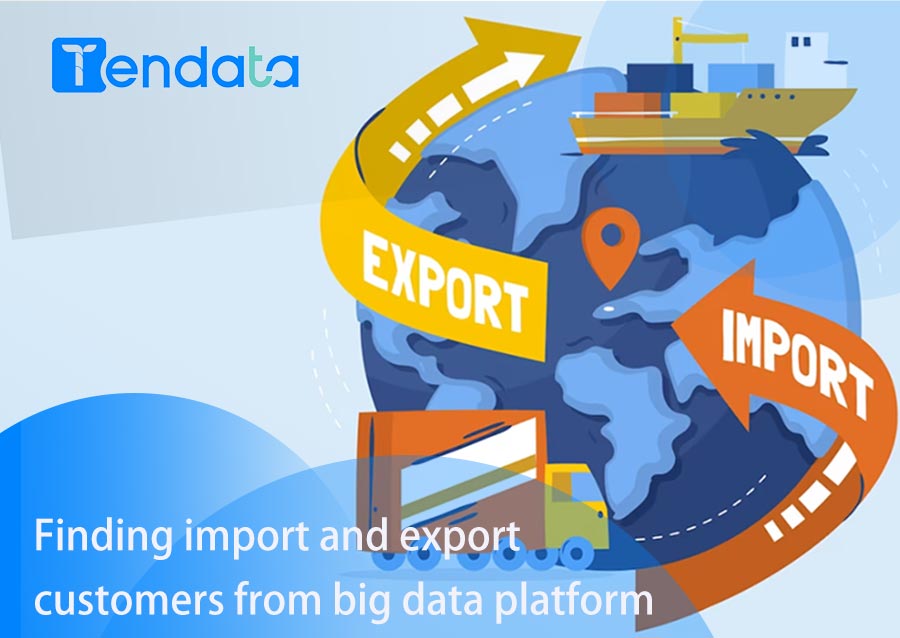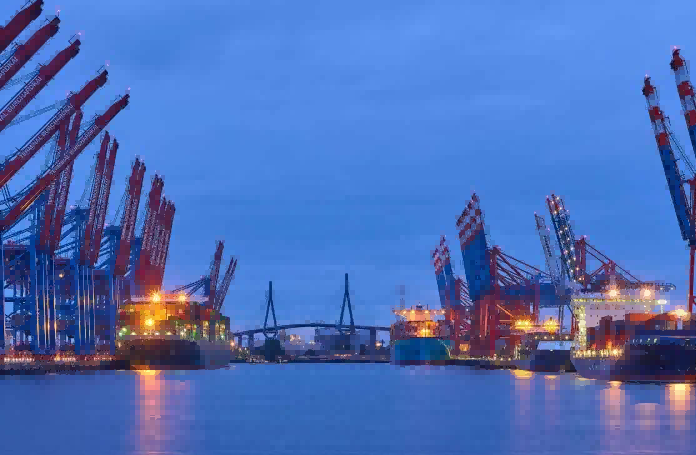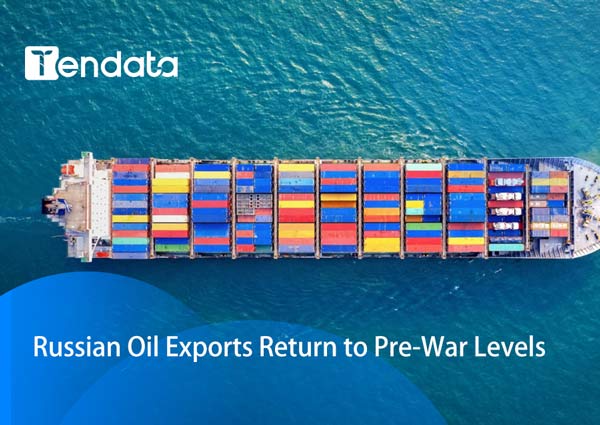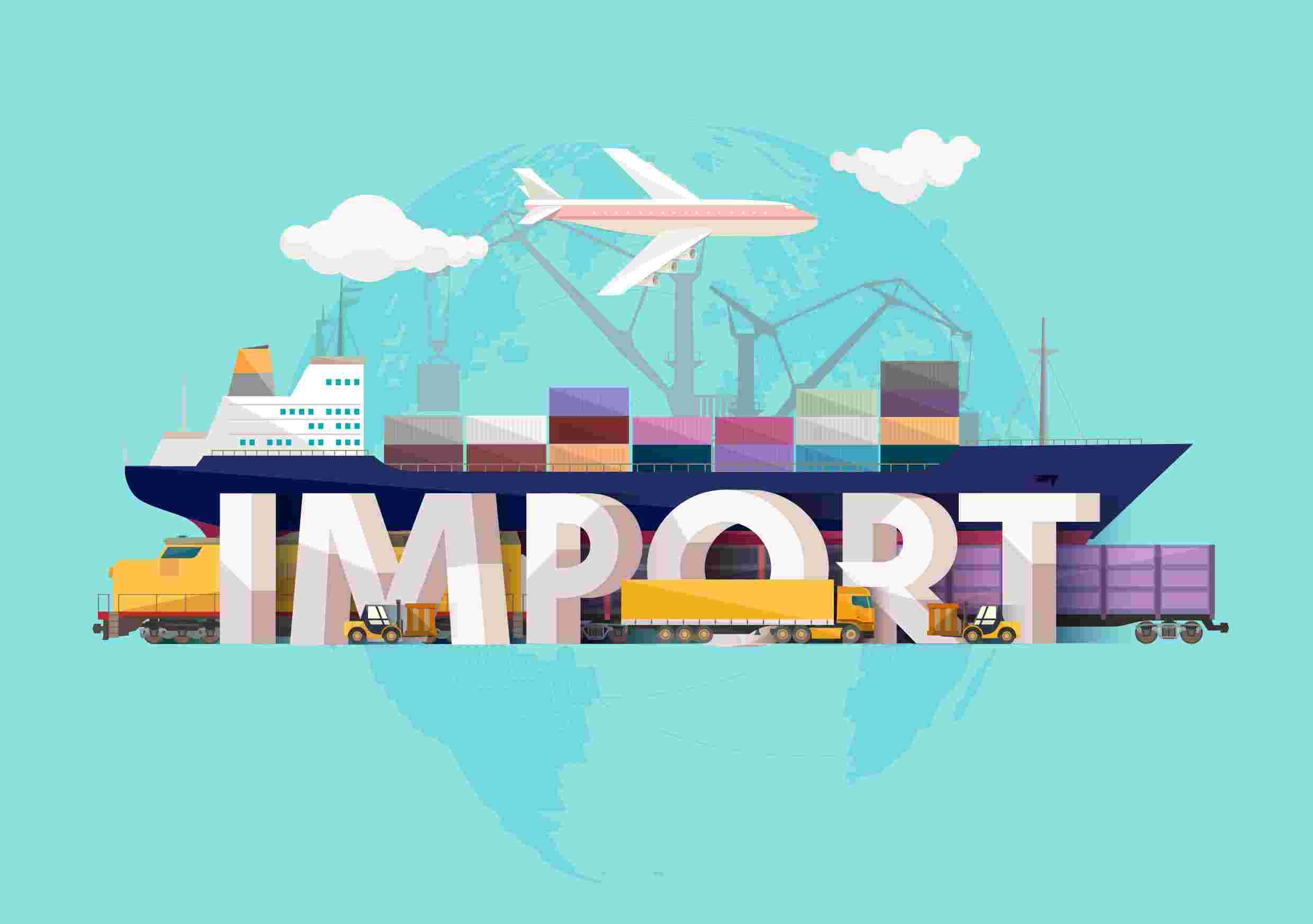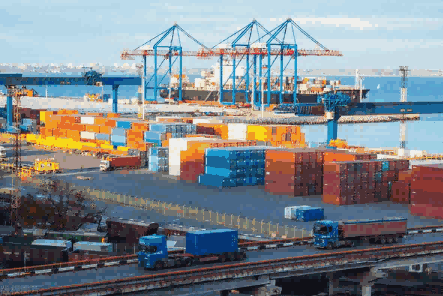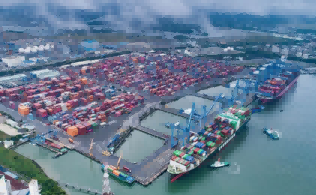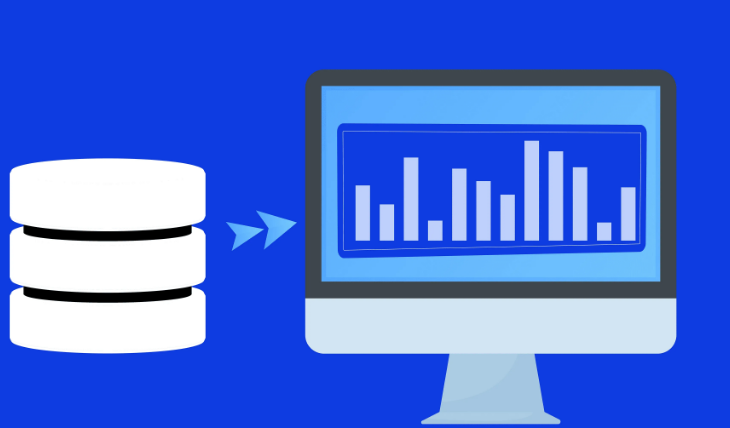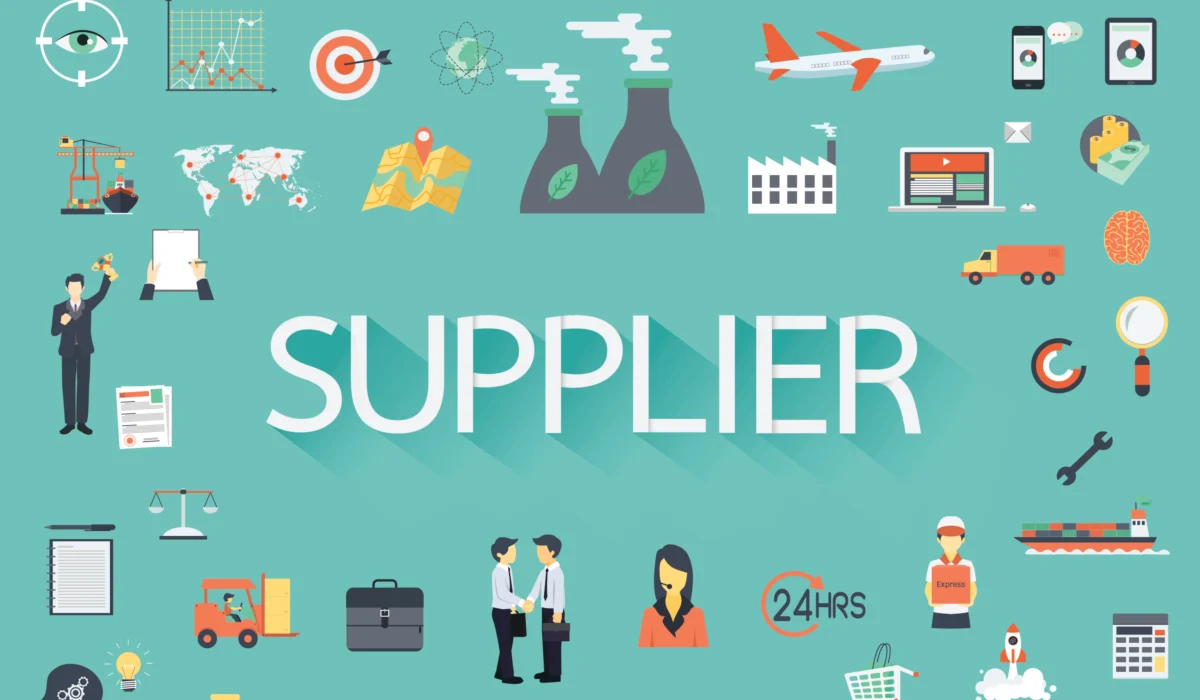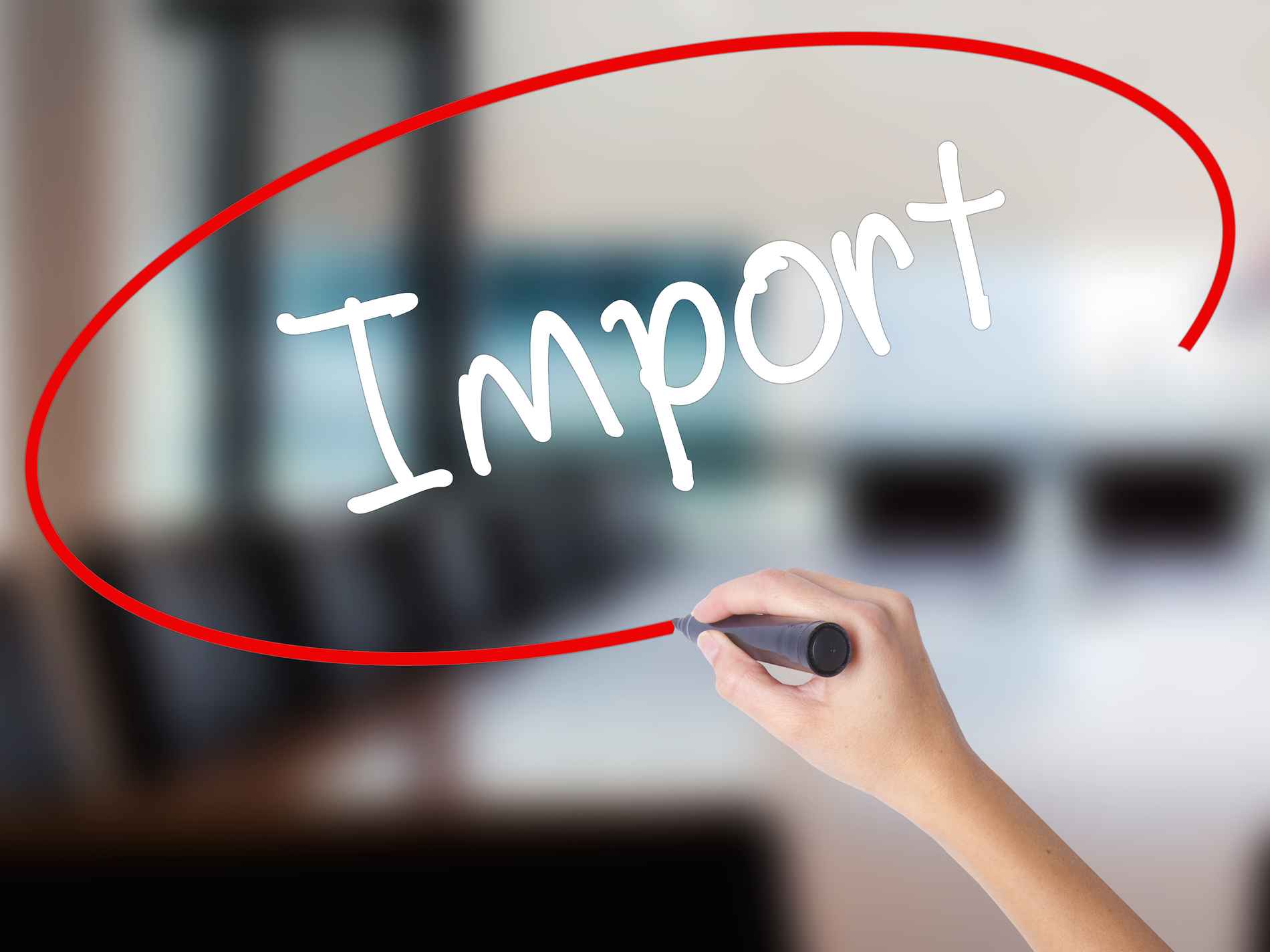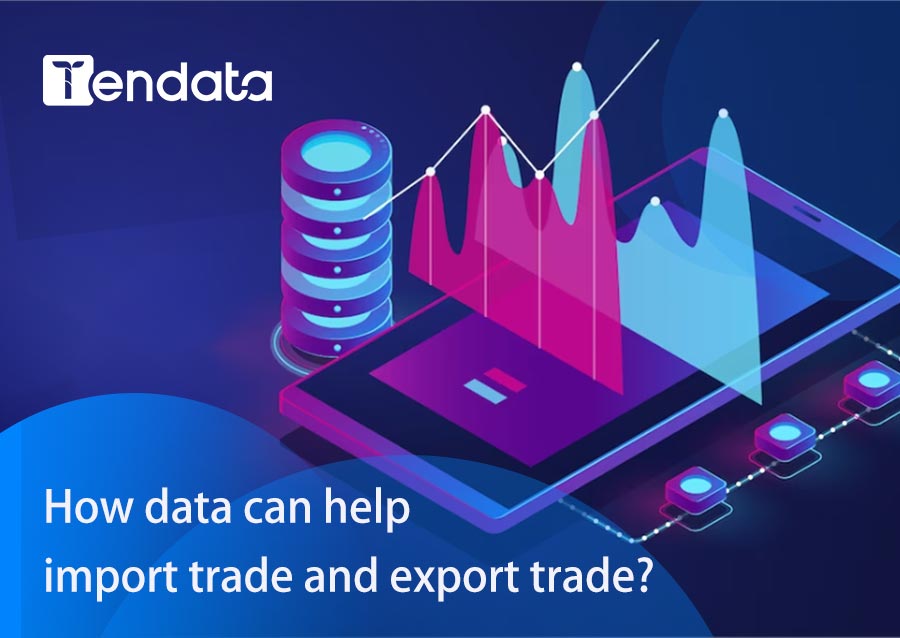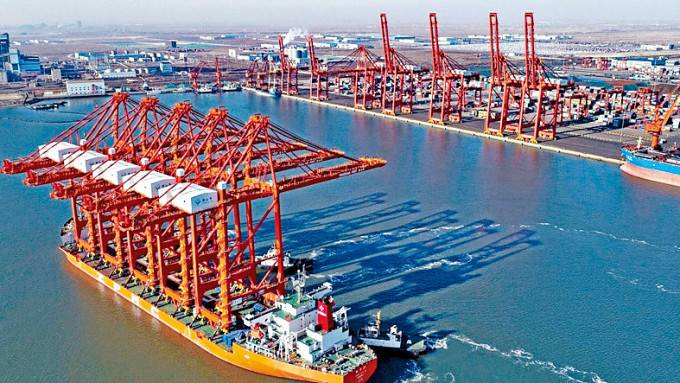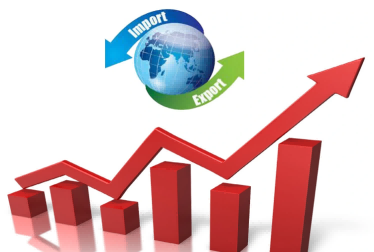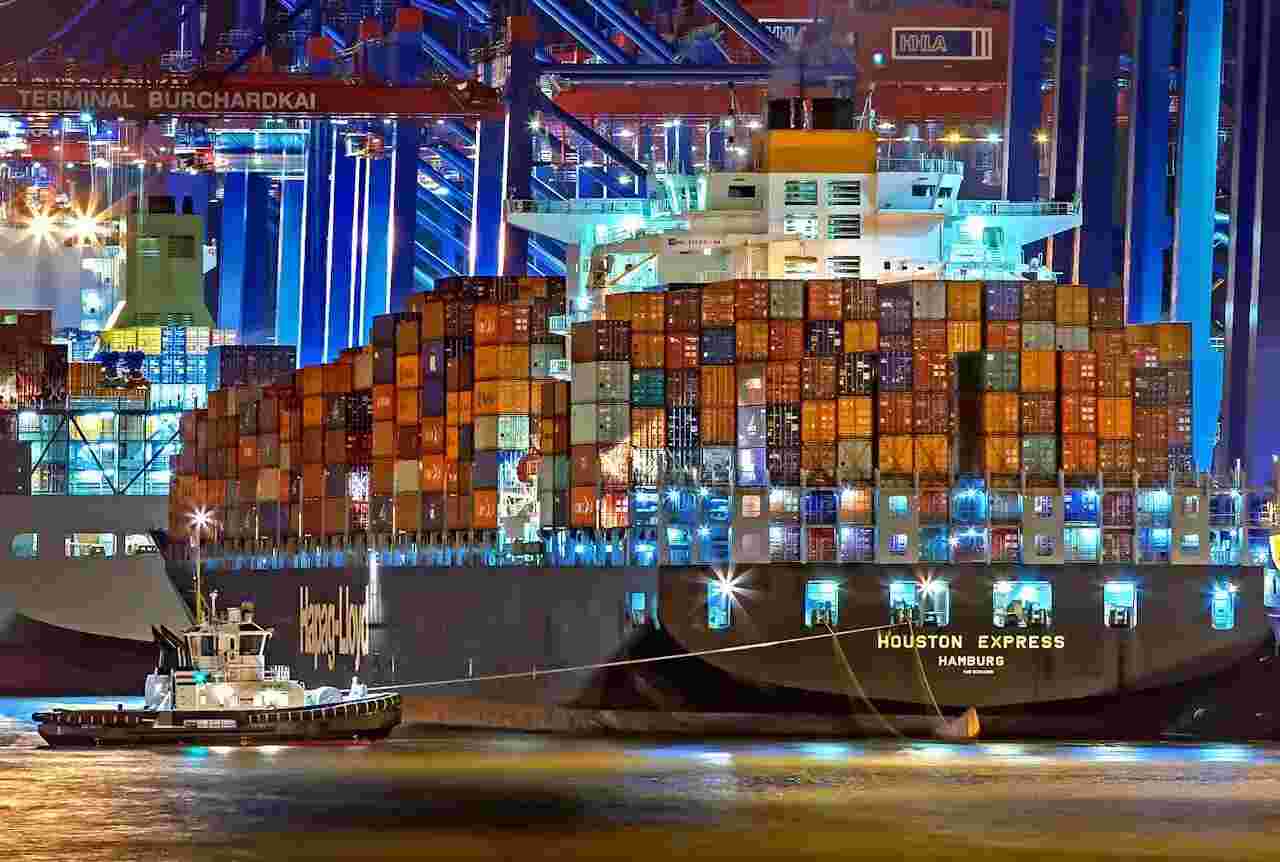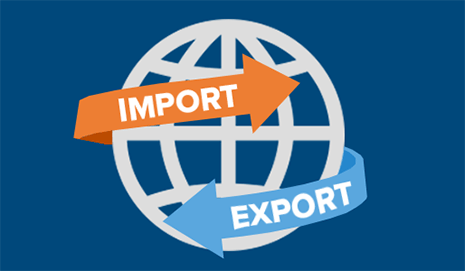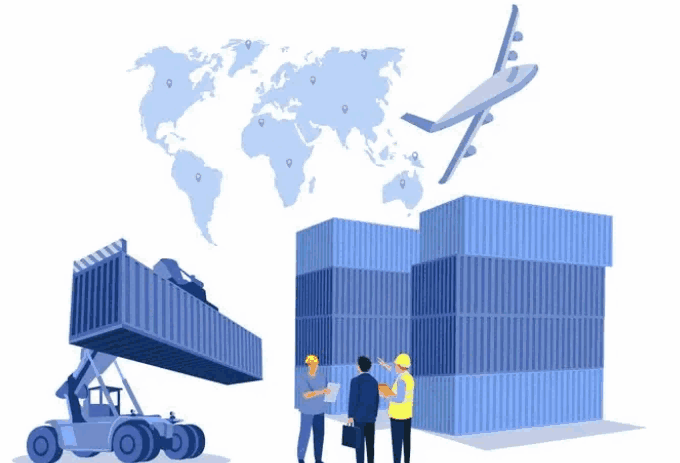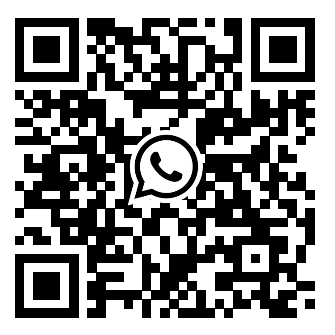 Trade Data Provider
Trade Data Provider
 2025-05-27
2025-05-27
Today, let's chat about something every foreign trade professional deals with daily — trade data. Sounds fancy? Don't worry, it's basically like the “contacts list” of international trade. If you know how to use it, it can help you pinpoint your ideal buyers. If you don't, it might just waste your money.
So today, Tendata is here to break down the pros and cons of trade data, and share some key facts every exporter needs to know!

What Exactly Is Trade Data?
— It's like every country's import/export ledger
Let's break it down with a quick example:
Company A in China ships goods to Company B in the UK. Here's what happens:
·Chinese Customs logs the export when Company A declares the shipment: “Company A in China shipped X product to the UK.”
·UK Customs logs the import when Company B receives the goods: “Company B in the UK imported Y product from China.”
·Now imagine this happening thousands of times a day — the U.S. alone sees 2 million trade records per month!
Each record can include:
·Who's buying/selling (company names)
·What's being traded (product name)
·HS Code (like a product ID)
·Quantity & price
·Country of origin & destination
❗❗ (Want free access to global trade data? Click to apply!)
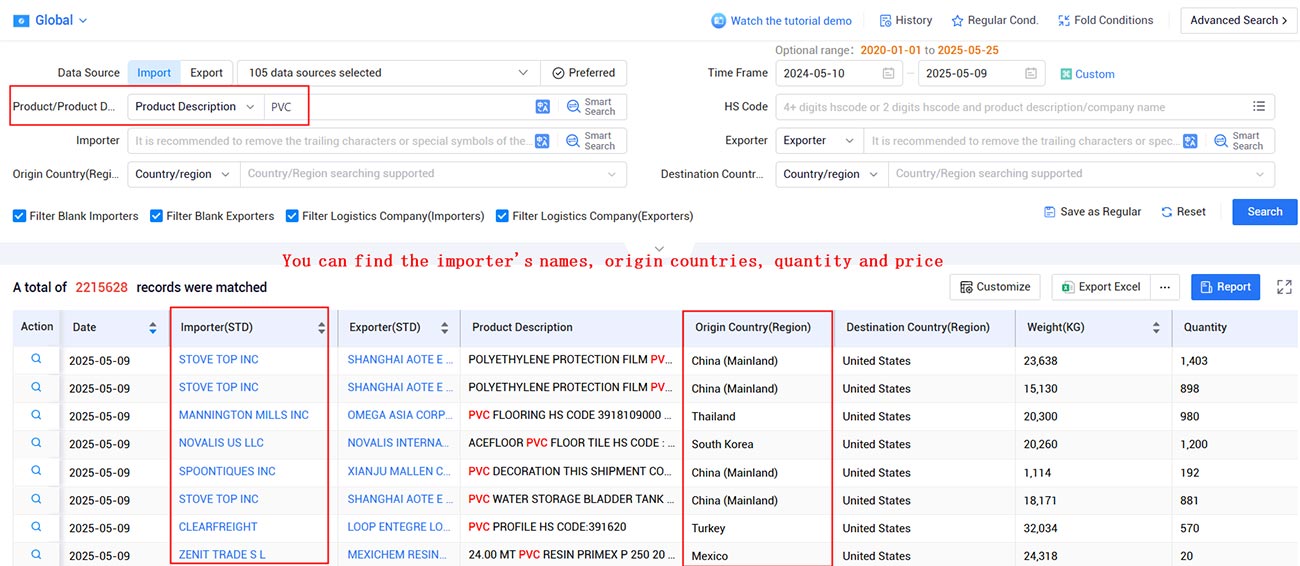
The Two Sides of Trade Data — Know the Pros and the Pitfalls
Let's get one thing straight:
The #1 reason companies use trade data is to find buyers. For example, if you sell integrated circuits, you could:
Search Vietnam's import records using the HS code for ICs
Instantly find out which Vietnamese companies are buying similar products
Boom — there's your target customer list
BUT — a few heads-ups:
Trade data is just a lead source — like a phonebook, you still have to reach out
One product may have 1,000+ buyers, so focus on the big, frequent purchasers
❗❗ (Apply now for free trade data access — over 228 countries & regions!)
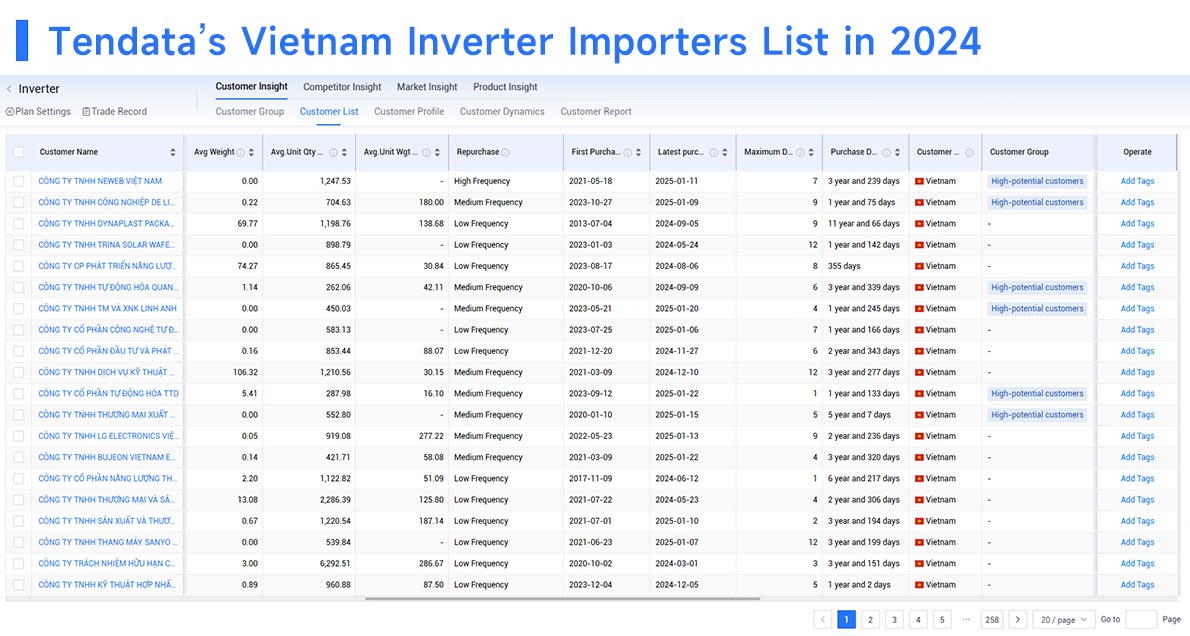
Now for the cons — yes, trade data has some downsides too:
1. Not every country provides full data.
Out of 200+ countries, only 52 currently offer open import data with monthly updates.
For example, China doesn't release export records, so you can only find China-related shipments from the importing country's side.
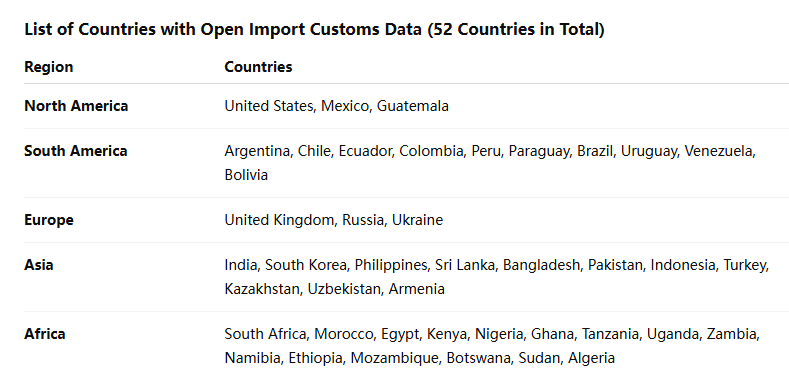
2. Not all countries update in real time.
Some data can lag 2–3 months, which isn't ideal if you need fresh info.
Tendata updates U.S. data every 2–5 days — for example, on May 27, U.S. data was already current up to May 23.
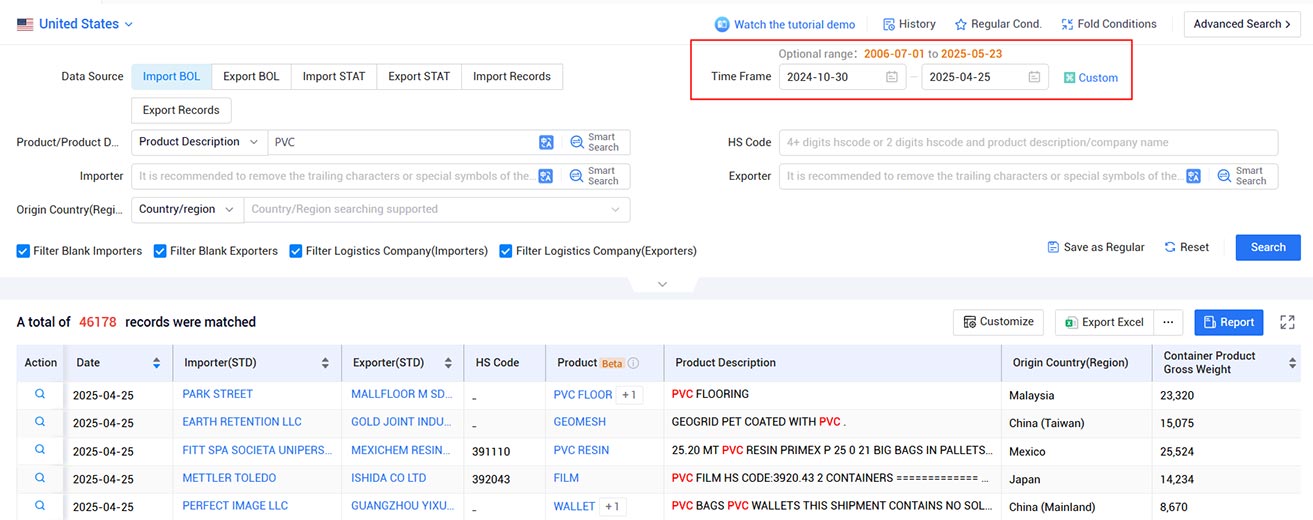
3. Some companies fudge the numbers.
Yes, it happens. Some may underreport prices or quantities to avoid taxes. So always take data with a pinch of salt.
❗Takeaway: Choosing a reliable trade data provider is crucial. Watch this video to see what exporters across industries say about Tendata!
Four Golden Rules for Using Trade Data — Avoid These Rookie Mistakes!
Rule 1: Don't expect data = orders
Trade data is like a map — it shows the way, but you still need to walk the path. Outreach is still up to you.
Rule 2: Target smart, not wide
Use HS codes to narrow down your niche (e.g., medical devices = Chapter 90)
Focus on companies that place 10+ orders a year
Prioritize high-value shipments
Skip freight forwarders — they show up often but aren't end-buyers
Rule 3: Check data regularly
Track customer purchase trends monthly. Are they buying more? Switching suppliers? Adjust your strategy accordingly.
Rule 4: Stay compliant
Trade data from official customs websites is accurate but often hard to search.
That's where third-party platforms like Tendata come in — easier access, deeper insights. Tendata has even been officially certified by the Shanghai Data Exchange, proving its leadership in digital trade analytics.
Finally
It won't hand you customers on a silver platter — but it'll definitely point you in the right direction.
If you're just getting started, begin with countries like the U.S., India, or Brazil — they offer complete and timely data. Use it to find real customers, then use your service & sales skills to win the deal.
👉 Remember: Data is just a tool — it all depends on how you use it!
❗❗ (Click here to apply for a free trial of Tendata's trade data — covering 228+ countries and regions)
Category
Leave Message for Demo Request or Questions


 T-info
T-info T-discovery
T-discovery

 My
Tendata
My
Tendata Market Analysis
Market Analysis Customer
Development
Customer
Development Competitor
Monitoring
Competitor
Monitoring Customer Relationship
Customer Relationship